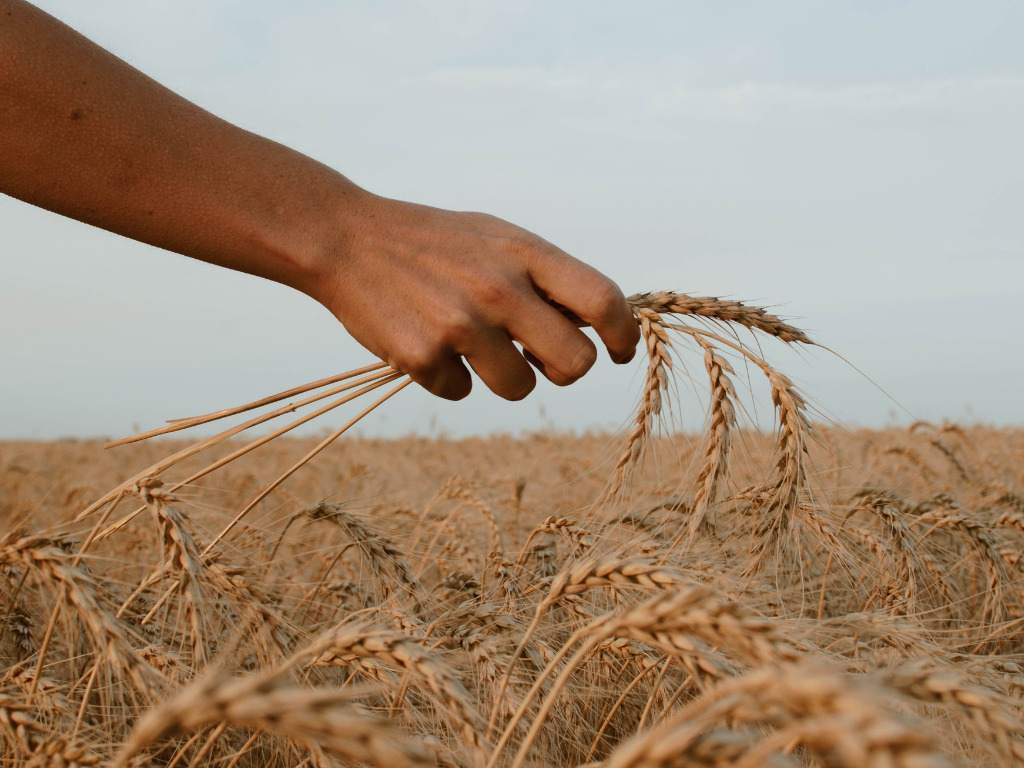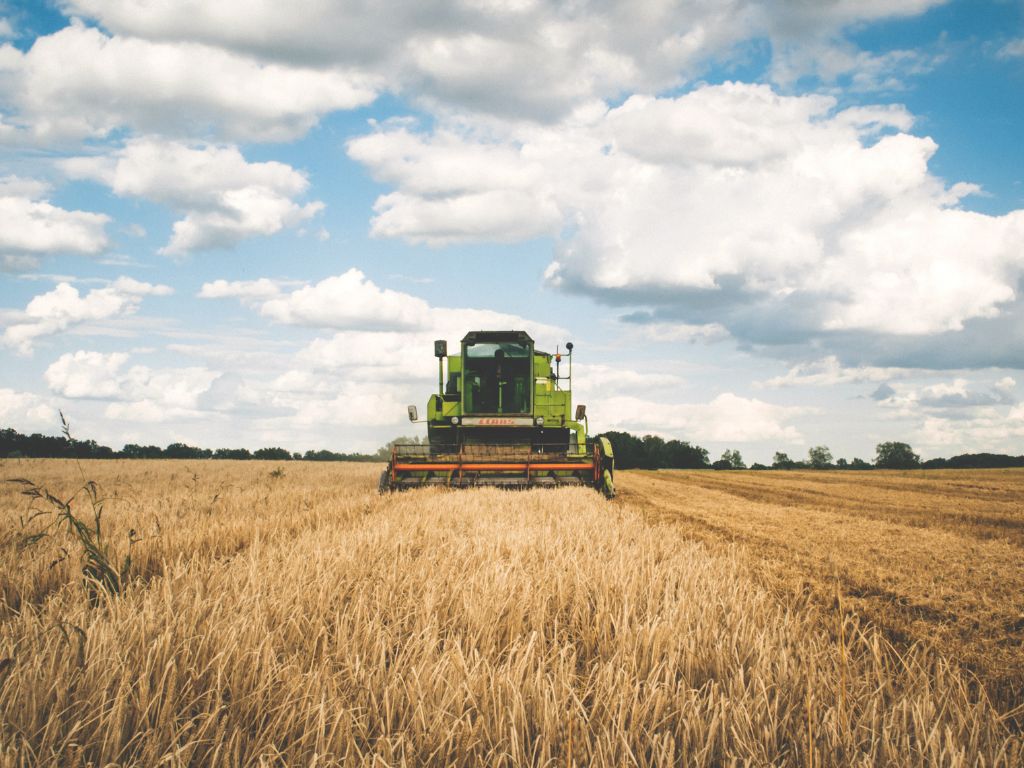Israel’s Grace Breeding Reveals a Breakthrough In Tackling Global Fertilizer Emissions
3 Mins Read
Israel-based Grace Breeding says it can improve grain yields by 18 percent and biomass by 16 percent, reducing the need for synthetic fertilizer and the environmental impact of conventional farming methods.
If Grace Breeding’s Nitrogen Fixation Technology (NFT) is adopted widely, it could have long-lasting implications for the agricultural sector—reducing its impact on the planet while boosting yields. According to the World Economic Forum, the world’s population is expected to hit 9.7 billion by 2050, and agriculture needs to become more productive and sustainable to meet the growing population.
A competitive, low-emissions advantage
“Farmers today need to use biological fertilizers to allow them to reduce their ecological footprints and compete in a better way for export, ”Assaf Dotan CEO of Grace Breeding, said in a statement. “The NFT product is giving farmers the competitive advantage by allowing them to reduce their ecological footprint both in air pollution and in water and soil contamination. Grace Breeding continues to improve its products while examining the existing products in the target markets around the world.”
Synthetic fertilizer relies heavily on urea—a synthetic nitrogen fixer made by reacting natural gas, atmospheric nitrogen, and water to produce ammonia and carbon dioxide. More than 70 percent of fertilizer usage worldwide is reliant on urea. But it’s a leading producer of greenhouse gas emissions; nitrogen fertilizers produce about 2.4 percent of global emissions, a number slightly higher than previous FAO estimates of about 2.1 percent.

Grace Breeding’s NFT is entirely plant-based, which the company says has been found to improve the absorption of nutrients from the soil and increase the efficiency of nitrogenous feeding. “By switching from urea to NFT, growing costs and environmental damage caused by the use of synthetic fertilizers are reduced,” the company says.
In a recent experiment where it was tested against a full dose of commercial fertilizer, the NFT formula reduced the weight of the transported fertilizer 25 times, from 1,100 lb and 550 lb per hectare when using urea to grow corn and wheat respectively, to 44 lb when using the NFT formula on both cultivations. It also reduced the needed dosage to just once versus the three to four applications of conventional.
Cleaning up fertilizer
Research published in 2019 by the University of Sheffield found it could reduce CO2 emissions from fertilizer by producing “Blue Urea”, using an alternative method to produce hydrogen that uses renewable energy and does not require fossil fuels as a feedstock for combustion. This also means finding another CO2 source that would normally be produced when creating hydrogen. To replace the CO2, the researchers say it can be taken from captured emissions. The researchers also further reduced energy and costs by eliminating the need for drying and pelletization.
“The world is fast approaching the limit of its ability to feed itself so maximising the efficiency of food production is imperative,” the researchers noted.

Between 2005 and 2015, a study including more than 21 million smallholder farmers in China, found that the farmers could increase crop yields while reducing their environmental impact. Over the ten-year period, yields of maize, rice and wheat increased by around 11 percent. This also saw nitrogen fertilizer decrease more than 16 percent.
“By producing more crops and needing less fertilizer, this experiment provided an economic return of US$12.2 billion,” reported Our World In Data. “This wasn’t achieved through major technological innovations or policy changes: it involved educating and training farmers on good management practices.”
Lead photo via Canva



